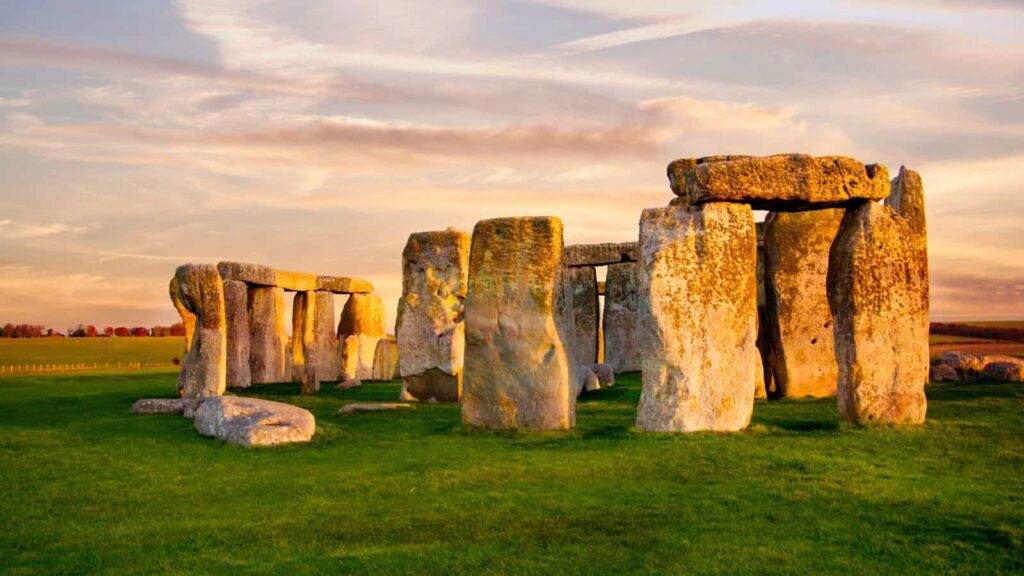Britain is a land of history, tradition, and some truly fantastic myths. From historical misunderstandings to quirky beliefs, these myths have become part of British culture. Here are 21 of the most common British myths that people still believe today.
The Queen Owned All Swans

Many believe that the late Queen Elizabeth II owned all the swans in Britain, but this isn’t entirely true. “Technically, the queen didn’t own them, but she had a right, passed down through the centuries, to claim them,” reveals The New York Times. This tradition dates back to the 12th century when swans were a prized dish at banquets.
Big Ben Is the Clock Tower
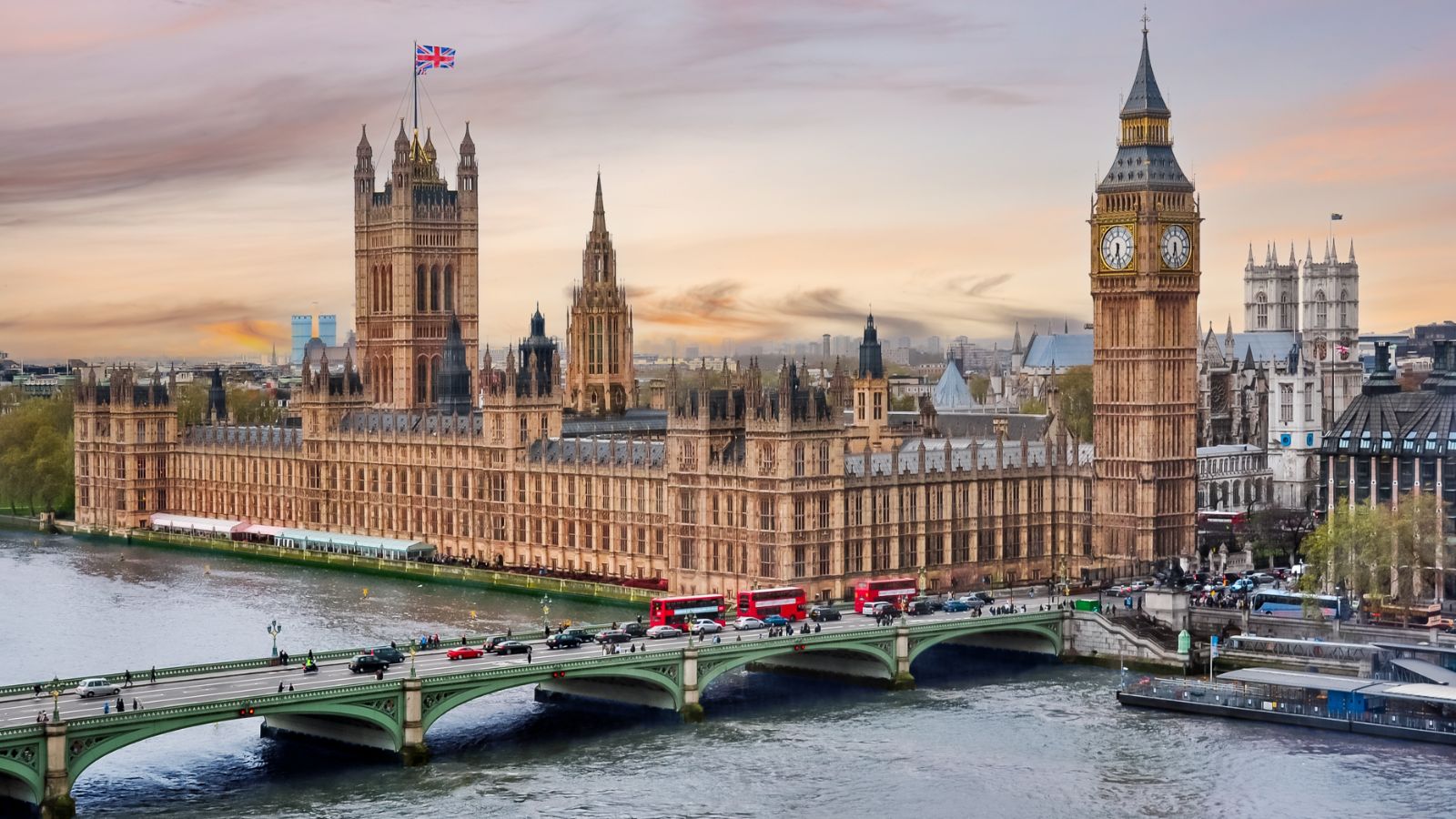
It’s a common misconception that Big Ben is the name of the clock tower at the Palace of Westminster, when in fact, Big Ben is the nickname for the Great Bell within the tower. The tower itself was originally called the Clock Tower but was renamed Elizabeth Tower in 2012 in honour of Queen Elizabeth II’s Diamond Jubilee.
Stonehenge Was Built by Druids
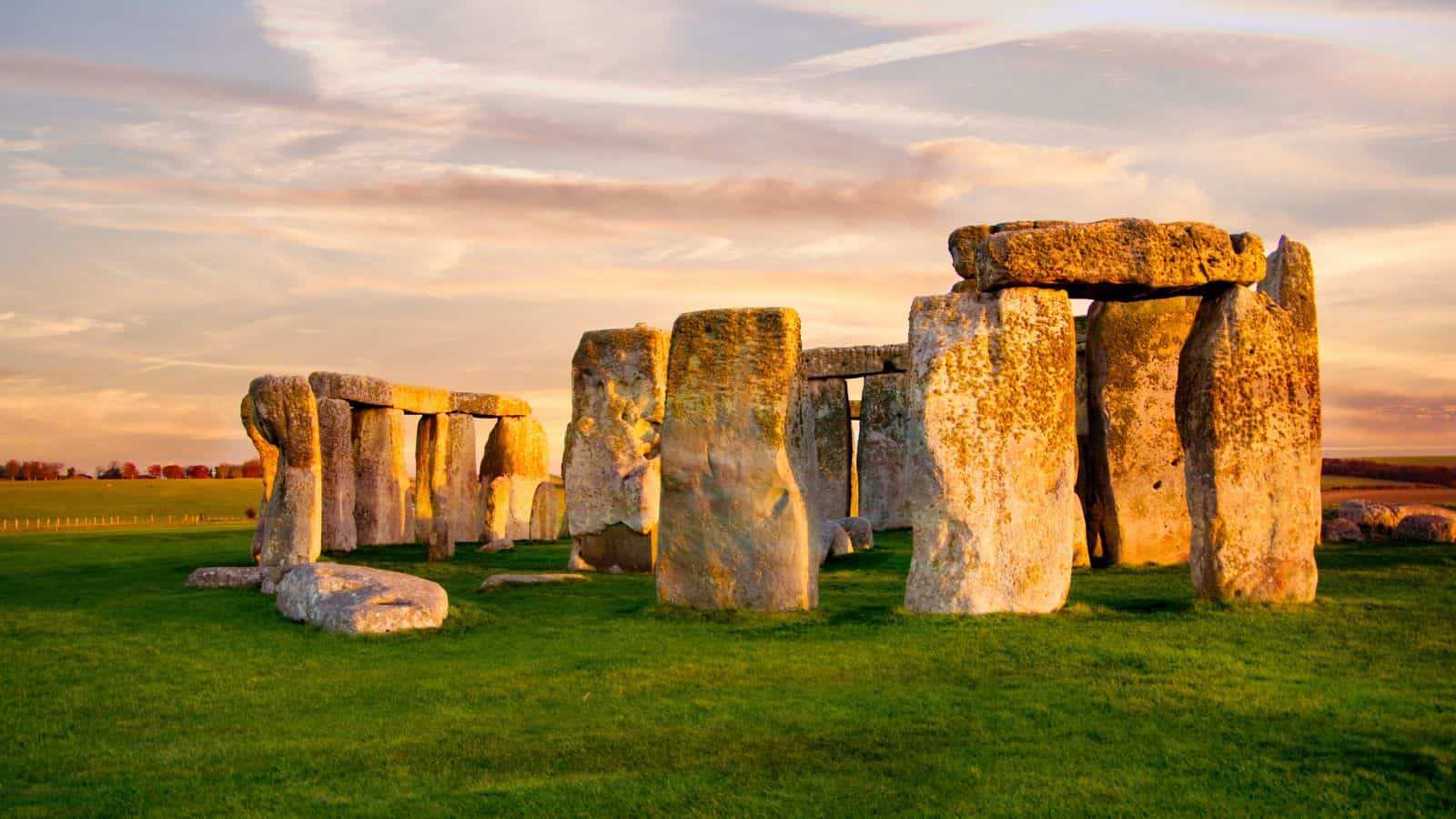
Some people think that the Druids constructed Stonehenge, but this isn’t the case, as Stonehenge was built in several stages between 3000 and 2000 BCE, long before the Druids came into existence. While Druids did use the site for their rituals in more recent centuries, the original builders were prehistoric people who left no written records.
Robin Hood Was a Real Person

The legend of Robin Hood, the heroic outlaw who stole from the rich to give to the poor, is one of Britain’s most enduring myths. However, there is no definitive historical evidence that Robin Hood was a real person. The stories of Robin Hood have evolved over centuries, blending folklore and historical figures to create the beloved character we know today.
Boudica Burned London to the Ground
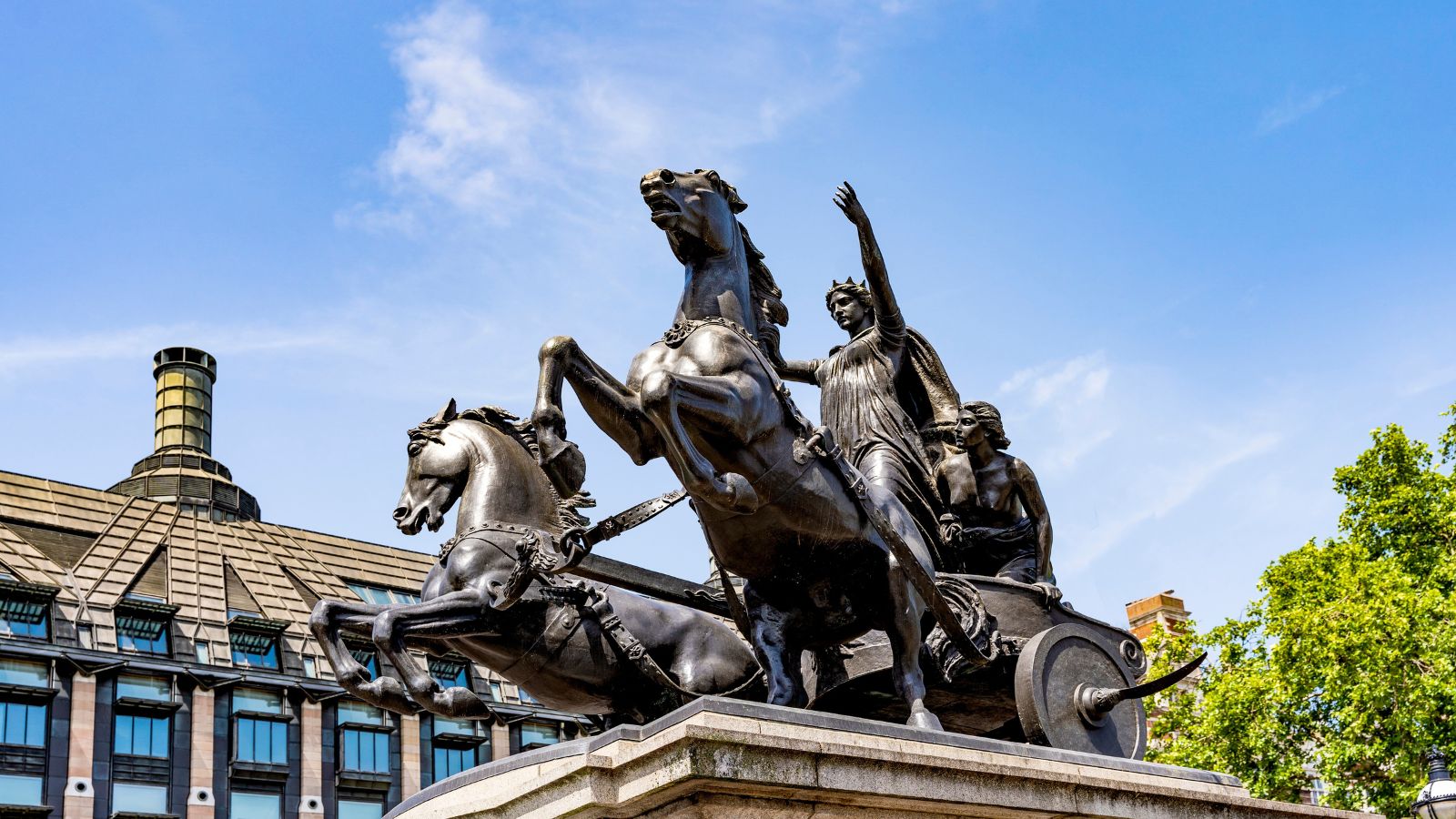
Boudica, the warrior queen of the Iceni tribe, is often credited with burning London (Londinium) to the ground during her revolt against the Romans in AD 60-61. While Boudica did lead a fierce rebellion and caused significant destruction in Londinium, archaeological evidence suggests that not all of London was completely destroyed.
Henry VIII Had Six Wives
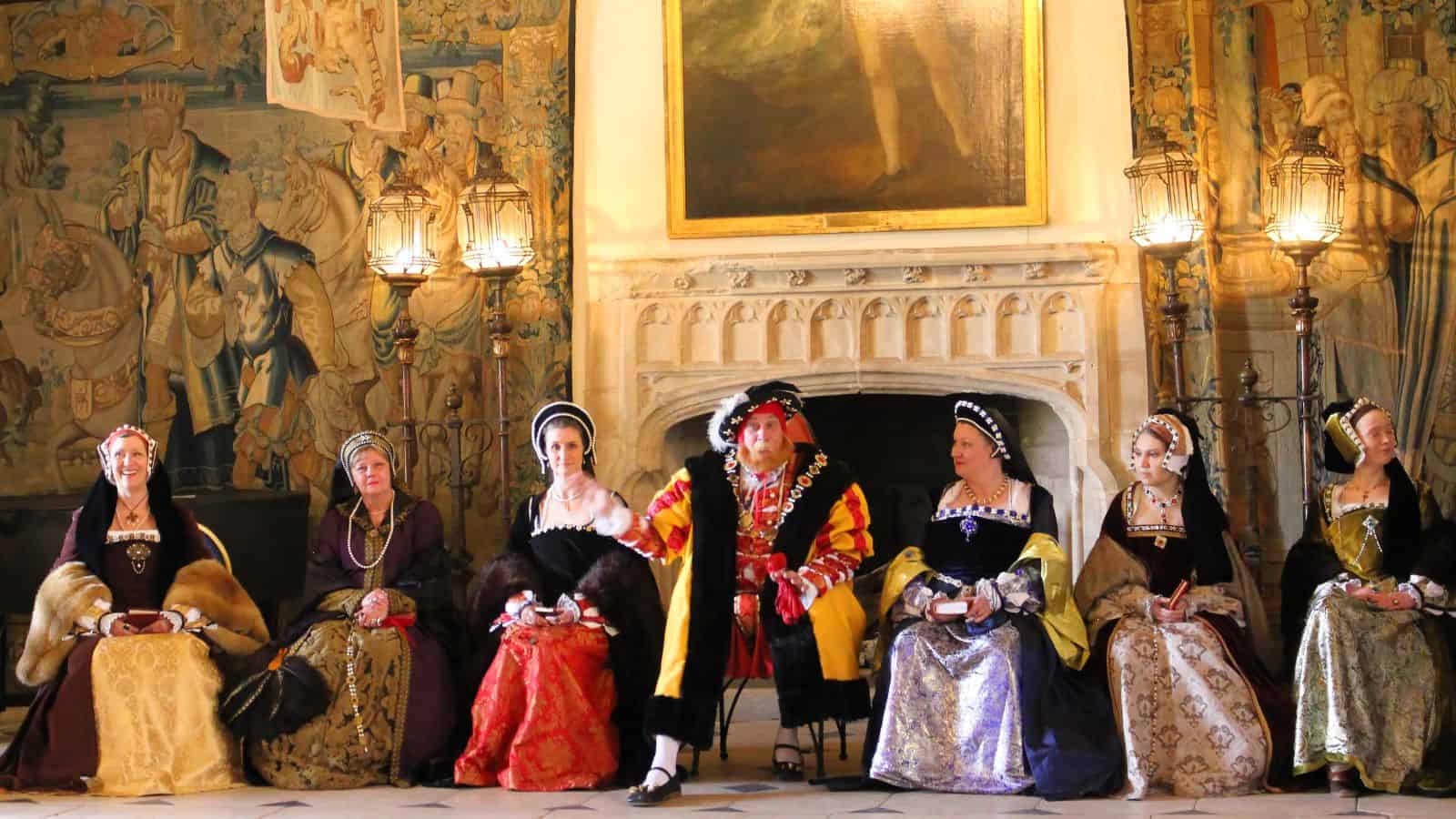
Everyone learns that Henry VIII had six wives, but this simplifies things, as the king’s marriages were far from straightforward. Two of his marriages were annulled, which technically means that he was married to four wives in the eyes of the Church. The annulments of his marriages to Catherine of Aragon and Anne of Cleves mean that, according to strict interpretation, he wasn’t truly married to six women consecutively.
The UK Is Always Rainy

The stereotype of Britain as a perpetually rainy place is widely believed, but it’s not entirely accurate. While the UK does experience its fair share of rain, it also enjoys a variety of weather. In fact, parts of the UK, such as East Anglia, receive less rainfall annually than cities like Rome or Sydney. British weather is famously unpredictable, though.
The Loch Ness Monster

One of Britain’s most famous myths is that of the Loch Ness Monster, or ‘Nessie,’ but despite numerous sightings and countless expeditions, there is no scientific evidence to support the existence of a prehistoric creature living in Loch Ness. The legend likely persists due to the mysterious nature of the loch and the human tendency to believe in the unknown.
King Arthur and Camelot

King Arthur, the legendary ruler of Camelot, is a central figure in British mythology. However, there is little historical evidence to support the existence of Arthur as a real person. The tales of King Arthur, the Knights of the Round Table, and the quest for the Holy Grail have been embellished over centuries, blending history, myth, and literary invention.
The Black Prince’s Armour Was Black
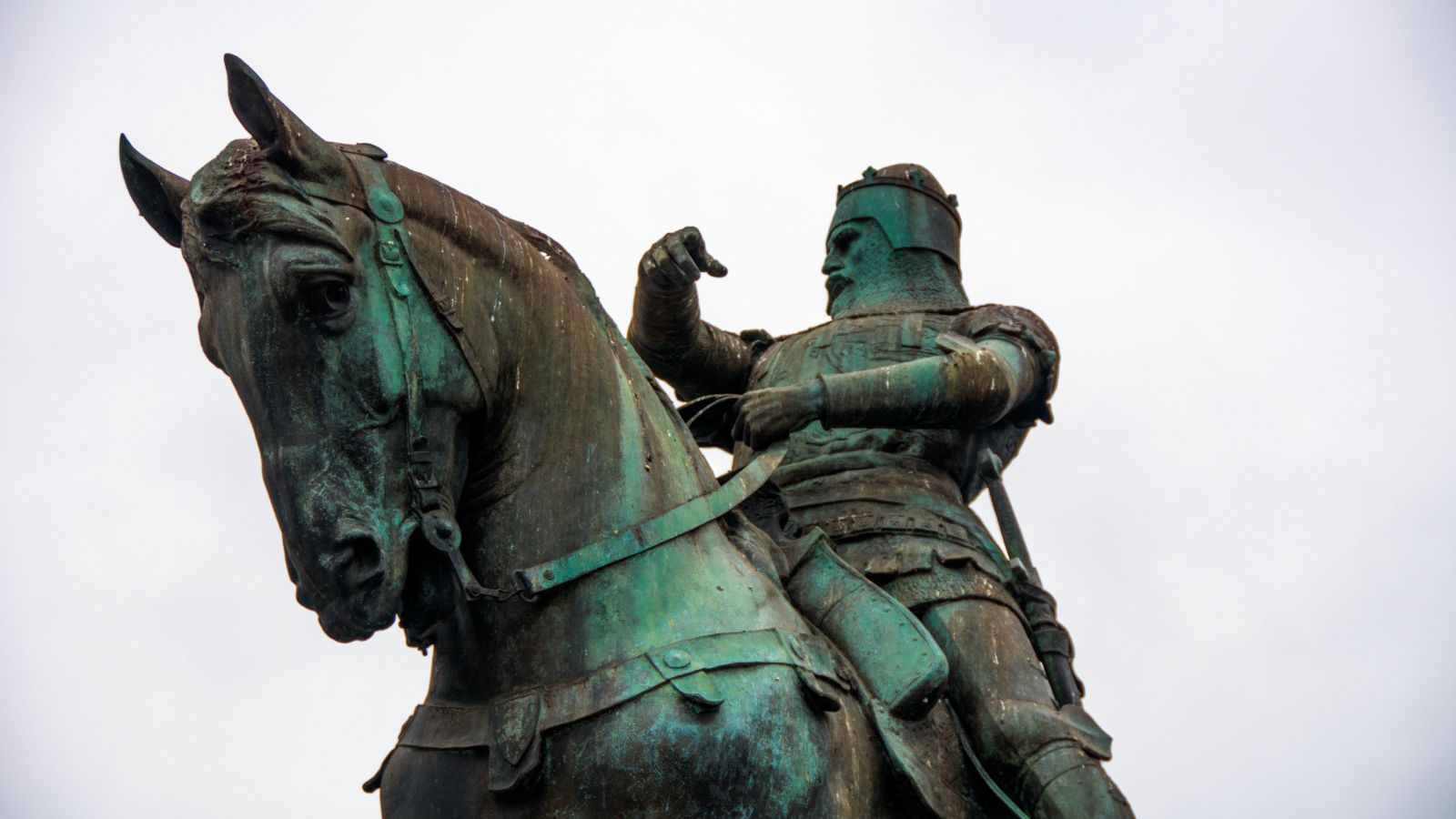
The Black Prince, Edward of Woodstock, is often thought to have worn black armour, leading to his nickname. Yet historical records suggest that his armour was not black but likely gleaming silver or another light colour. The nickname ‘Black Prince’ might have come from his brutal reputation in battle or from posthumous romanticisation.
All British Accents Are the Same

A common misconception is the idea that there is a single ‘British accent,’ when in reality, the UK is home to a variety of regional accents and dialects. Whether it’s the distinctive Scouse accent of Liverpool or the Geordie tones of Newcastle, each region has its own unique way of speaking. Even within cities, there can be significant variation.
The British Drink Tea Constantly

It’s true that tea is a popular beverage in the UK, but the notion that Brits drink tea constantly is an exaggeration. Yes, many people do enjoy their cuppa, but British drinking habits are diverse. Coffee has become increasingly popular, and many people enjoy a wide variety of other drinks, from herbal teas to soft drinks and alcohol.
The Tower of London Ravens Protect the Crown

The belief that the presence of ravens at the Tower of London is crucial to the security of the Crown is a fascinating myth. According to legend, if the ravens ever leave the Tower, the kingdom will fall. In reality, a dedicated Ravenmaster carefully looks after the ravens, ensuring they remain at the Tower.
The London Underground Covers the Entire City
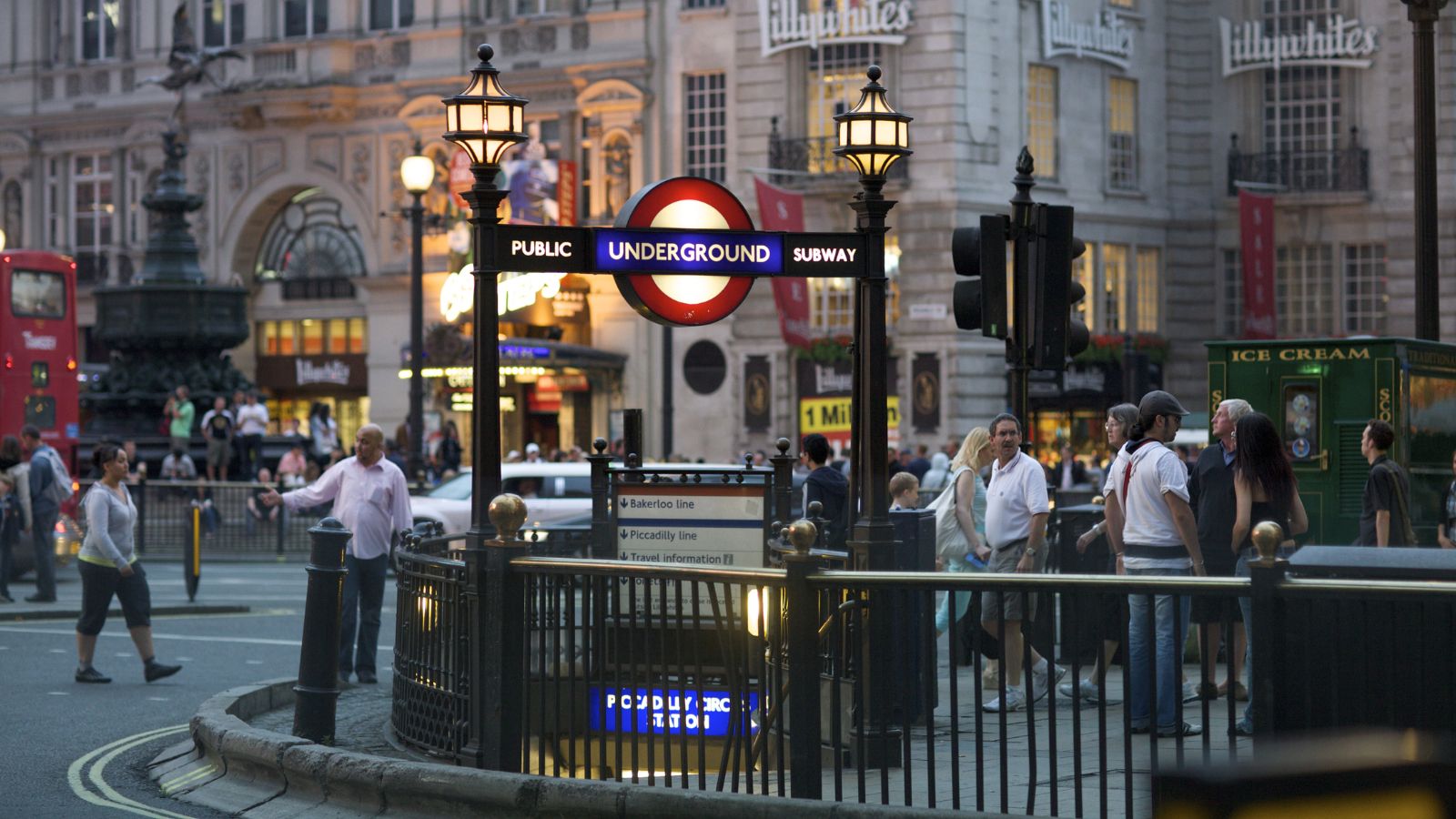
The London Underground, or the Tube, is an extensive and iconic transport system, but it does not cover the entire city. The Underground network does not serve many areas of Greater London and the surrounding suburbs. While the Tube is a vital part of London’s infrastructure, residents and visitors often rely on other forms of transport, such as buses, trains, and bicycles.
The English Are Always Polite

There’s also a stereotype that the English are unfailingly polite and reserved, but it’s not entirely accurate. While manners and politeness are valued in British culture, people in the UK, like anywhere else, have a wide range of personalities and behaviours. You will find both exceptionally polite individuals and those who are more brusque.
Welsh Is a Dying Language

Contrary to the belief that Welsh is a dying language, it is very much alive and kicking. Efforts to revive and promote Welsh have been successful, and the language is now taught in schools across Wales. There are Welsh-language TV channels and radio stations and a growing number of Welsh speakers.
All Scots Wear Kilts
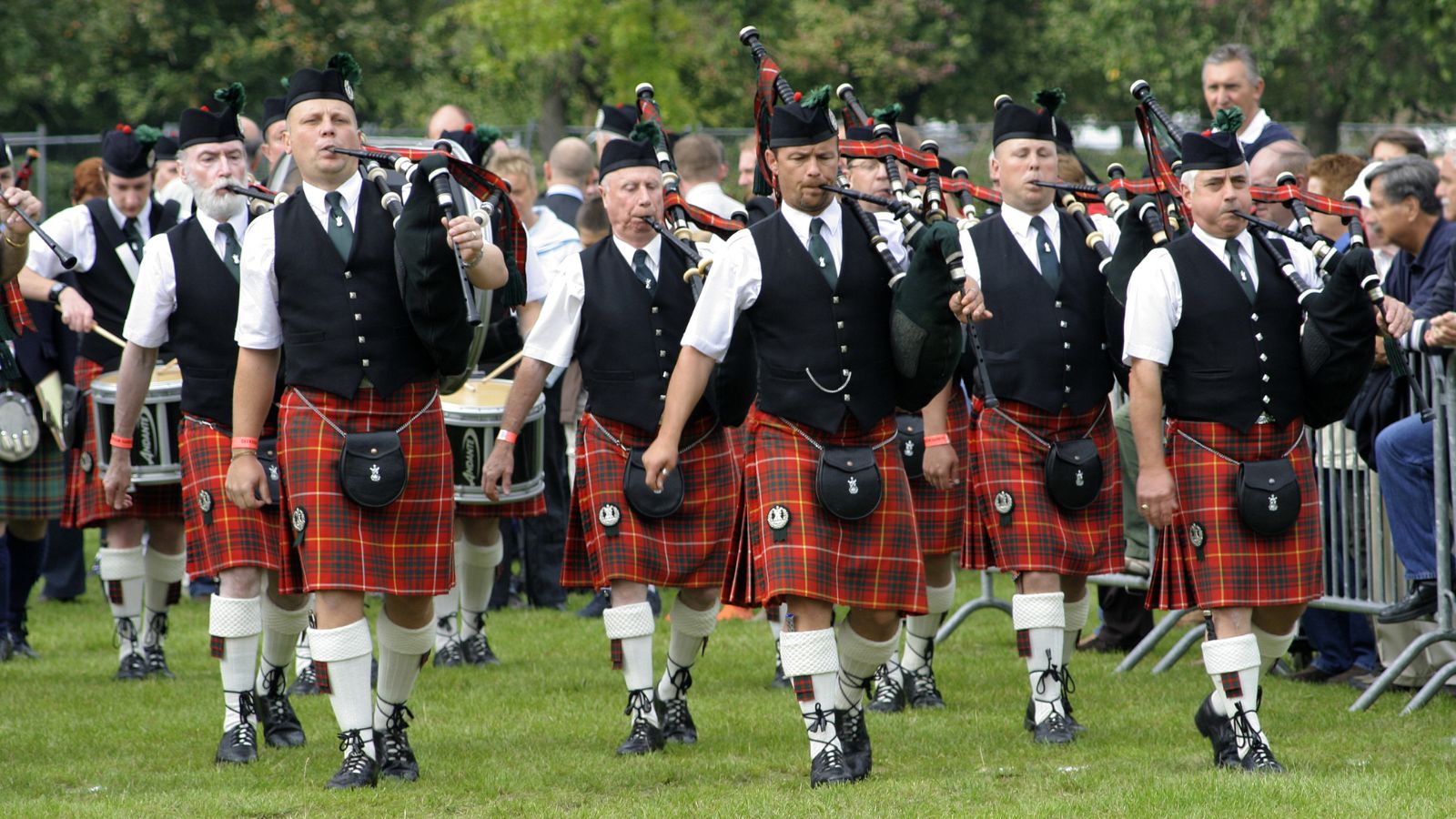
The image of Scots always wearing kilts is another stereotype that doesn’t reflect reality. Kilts are traditionally worn for special occasions such as weddings, festivals, and Highland games rather than everyday attire. While the kilt is an important symbol of Scottish heritage and identity, most Scots wear regular modern clothing day to day.
Fish and Chips Is the National Dish

Undeniably, it’s a beloved British meal, but to call fish and chips the national dish overlooks the diverse culinary landscape of the UK. British cuisine has been influenced by a myriad of cultures, resulting in a wide variety of dishes, including curries, roast dinners, and a multitude of regional specialties.
All of Britain’s Castles Are Medieval

Britain is home to many impressive castles, but not all of them are medieval. Castles were built over many centuries, with some dating from as late as the 19th century, and these structures vary widely in style and purpose, reflecting the architectural trends and historical contexts of their times.
Guy Fawkes Was Burned at the Stake
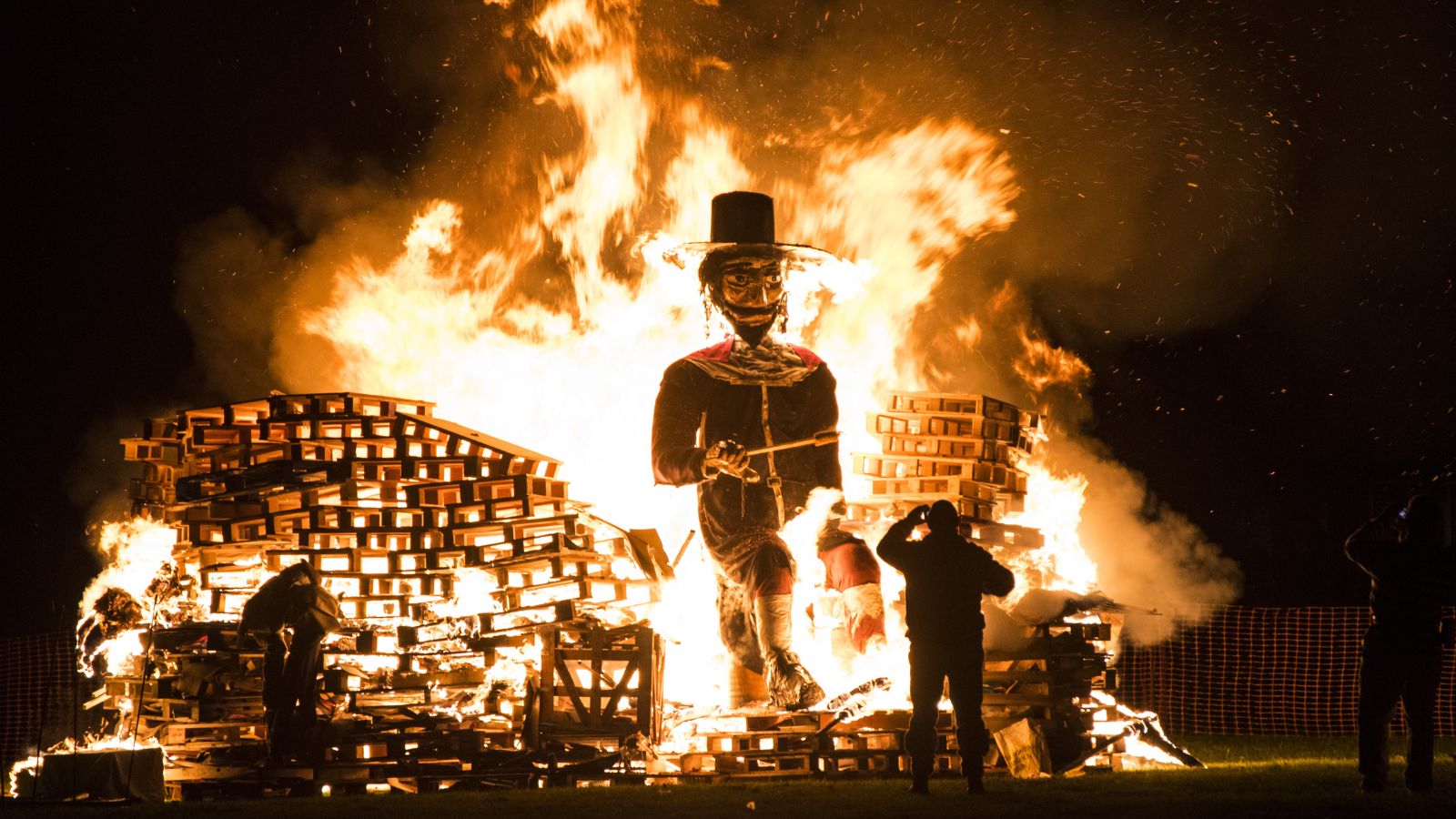
The story of Guy Fawkes and the Gunpowder Plot is well-known, but the fate of Fawkes is often misunderstood, with many believing he was burned at the stake. In actuality, he was sentenced to be hanged, drawn, and quartered. Fawkes managed to avoid this gruesome execution by leaping from the scaffold and breaking his neck.
Afternoon Tea Is An Age Old Invention

Lastly, the idea that the British invented afternoon tea aons ago is also a myth. While afternoon tea is a quintessentially British tradition, it was actually invented relatively recently, in the early 19th century, by Anna, the Duchess of Bedford. She introduced the idea of a mid-afternoon snack to fill the long gap between lunch and dinner.

